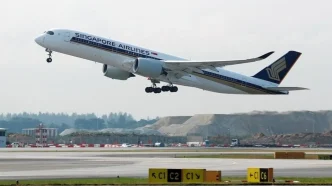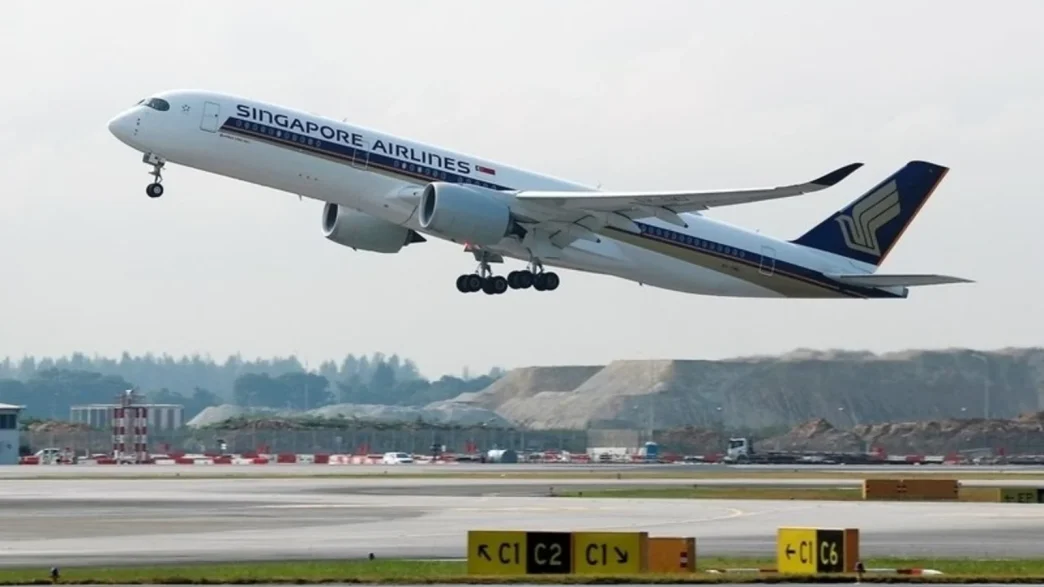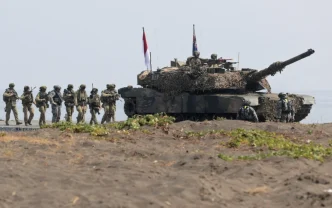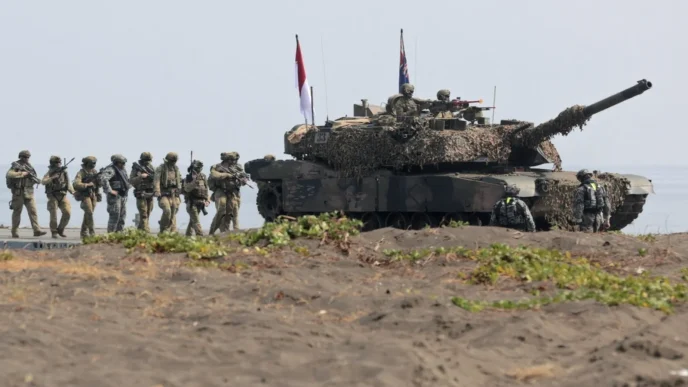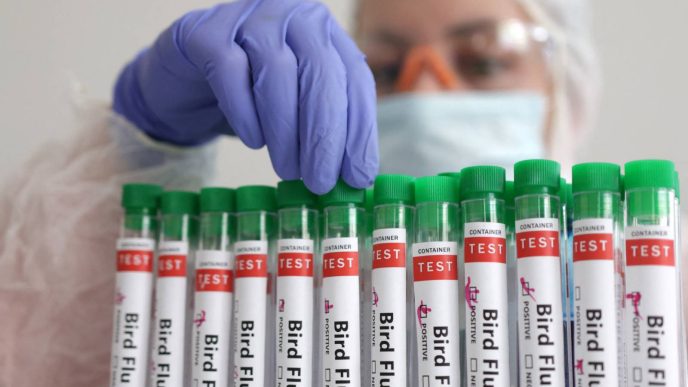Singaporean authorities are still awaiting analysis of the plane’s weather radar systems from the SIA flight. (Reuters pic)
SEOUL: Singapore authorities said today that an investigation into a Singapore Airlines flight last year that hit turbulence, injuring dozens of people and killing one, was still awaiting analysis of the plane’s weather radar systems.
A 73-year-old passenger died of a suspected heart attack in the incident, which occurred after flight SQ321 from London to Singapore encountered what the airline described as sudden, extreme turbulence while flying over Myanmar.
It was civil aviation’s first death linked to airplane turbulence in 25 years and put seatbelt practices in the spotlight. It also prompted calls from the airline industry for improved turbulence forecasting as experts warn severe weather patterns brought about by climate change could lead to more incidents.
An interim update of the investigation today said that, in addition to the death, 79 people were injured on the flight, which diverted to Bangkok with 211 passengers and 18 crew members aboard.
The short update from Singapore’s transport safety investigation bureau, part of the transport ministry, was released a week after the one-year anniversary of the May 21, 2024 incident.
The ministry said a final report would be issued once the investigation is complete.
“Components of the aircraft’s weather radar system have been sent for examination and tests in the US,” the interim update said.
Global aviation guidelines call for an initial report within 30 days of an accident and a final one ideally within a year. Failing that, investigators should issue interim statements on each anniversary.
In a preliminary report last year, the transport ministry said rapid changes in gravitational forces over 4.6 seconds resulting in an altitude drop of 54 m likely caused passengers and crew to become airborne and then fall, causing the injuries.
Passengers on the flight, speaking after the incident, said that crew and those not strapped in left the floor or their seats and slammed into the cabin ceiling, cracking it in places. The Bangkok hospital that treated passengers said there were spinal cord, brain and skull injuries.
